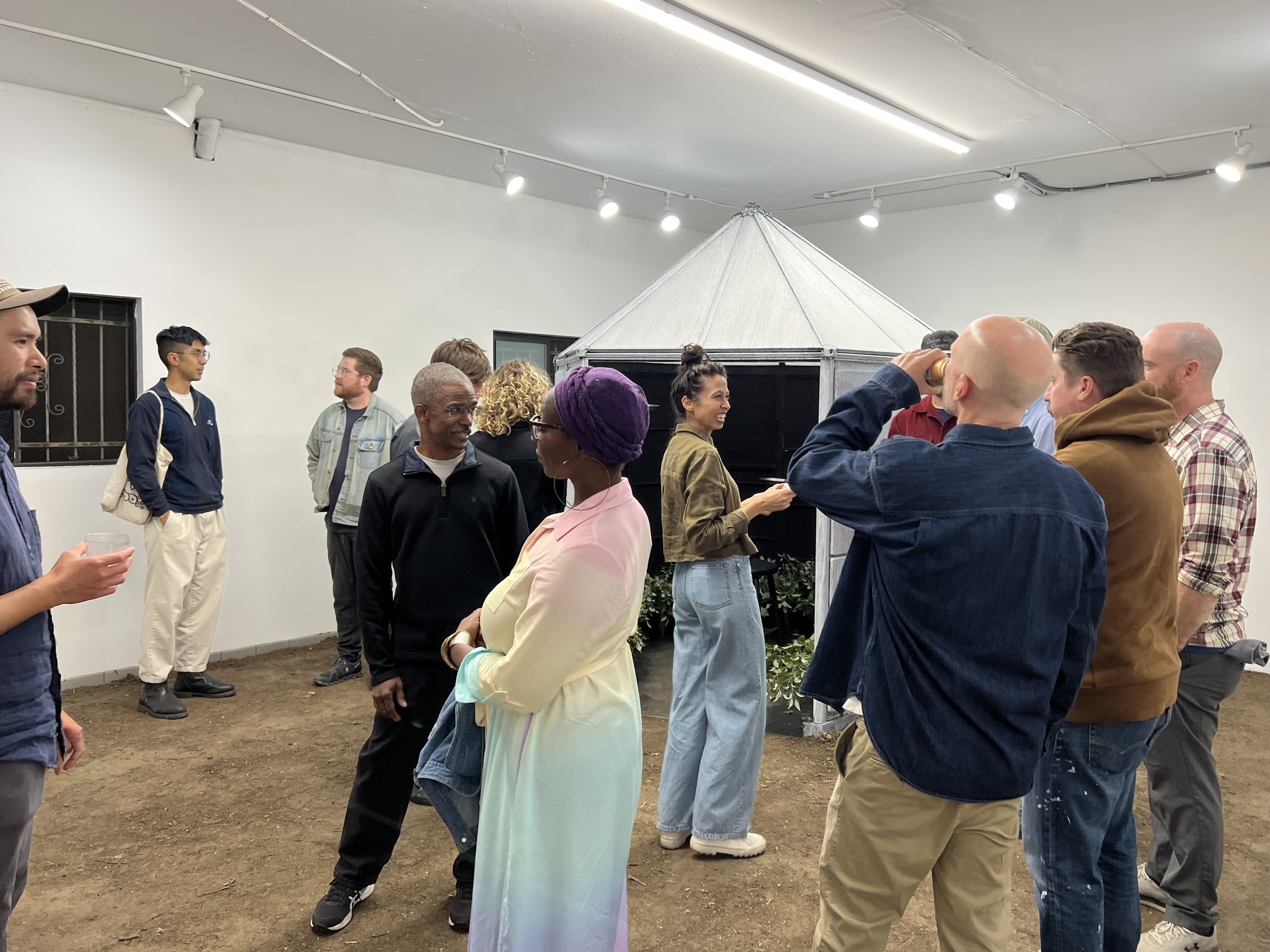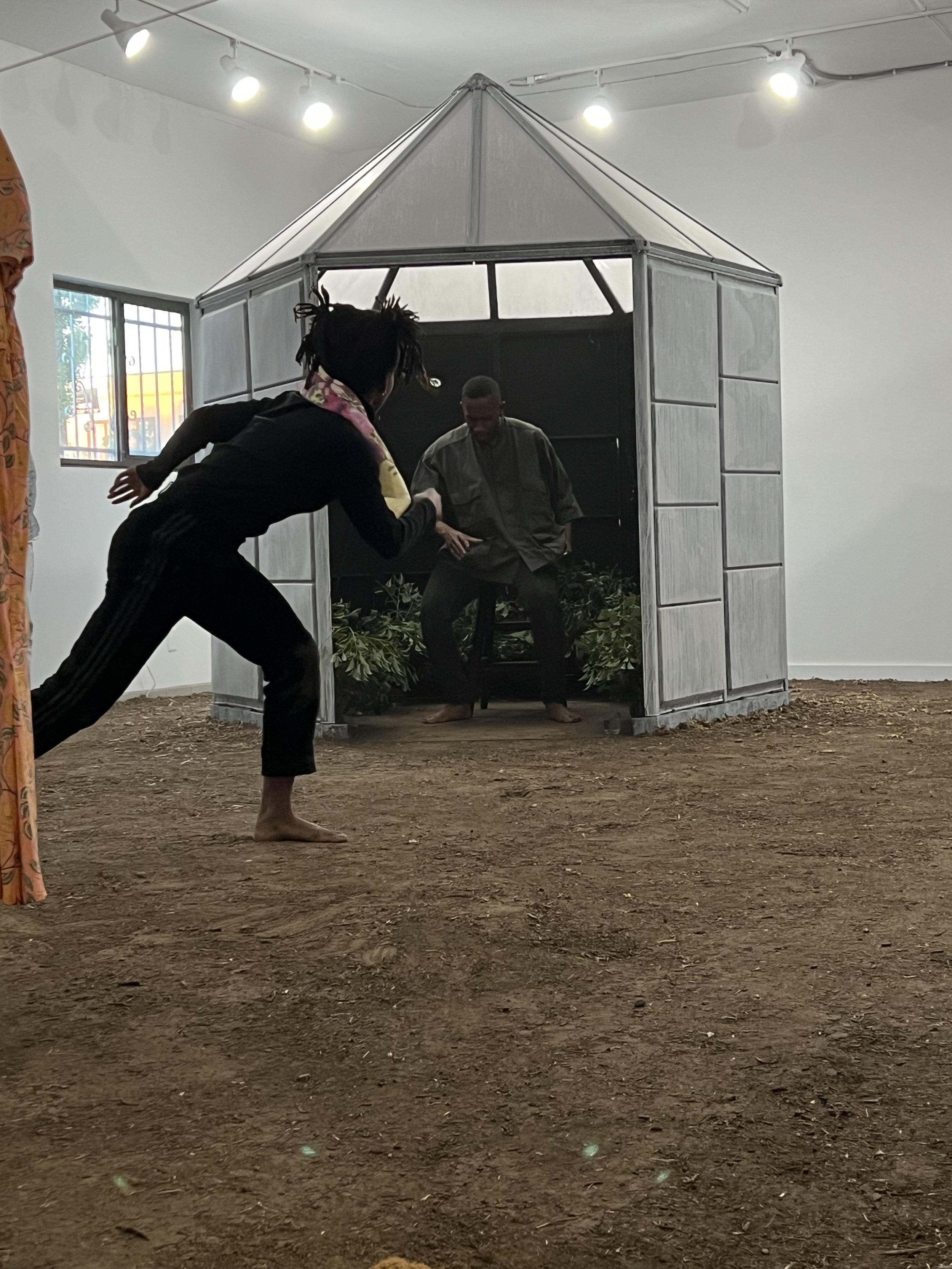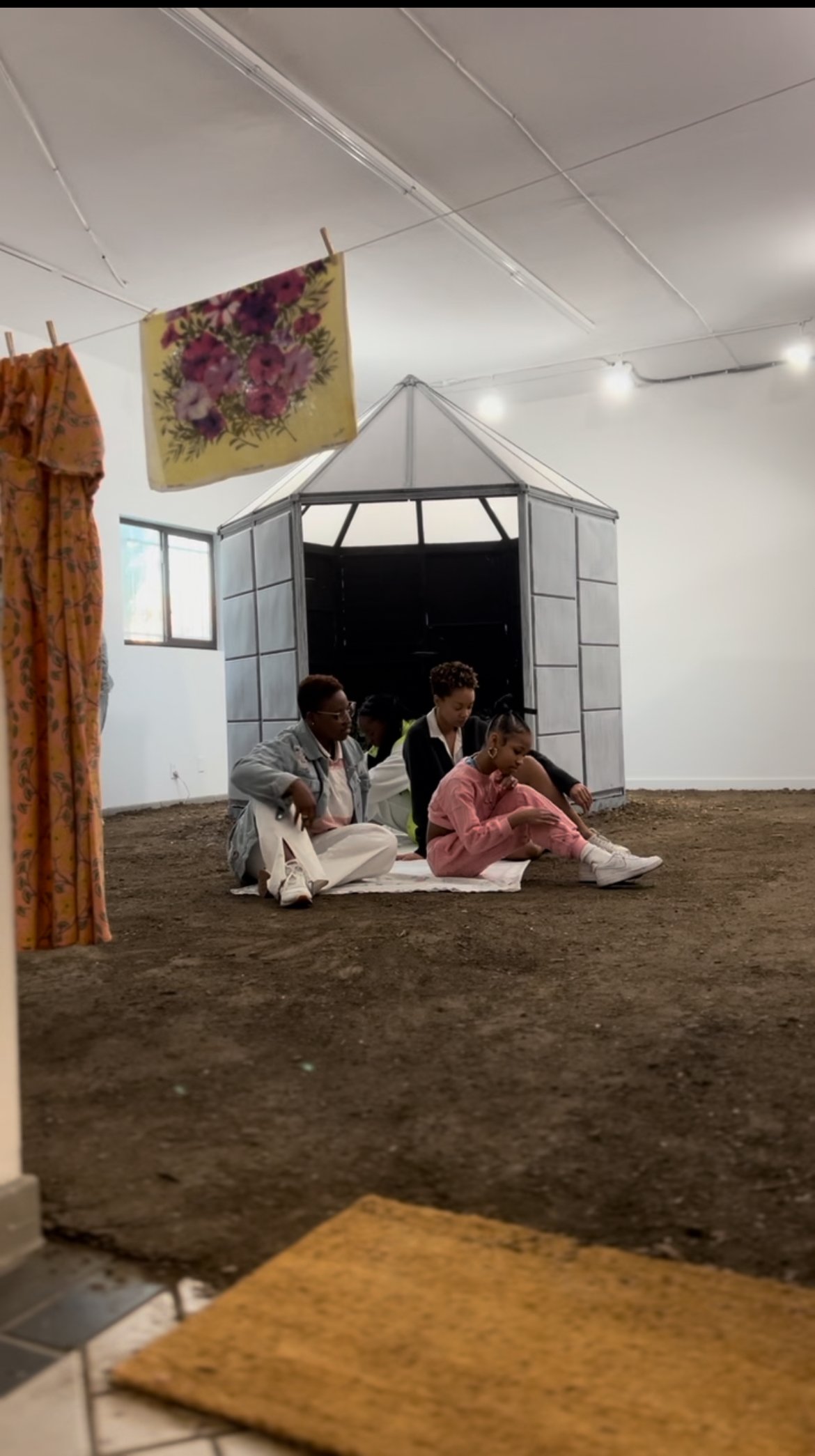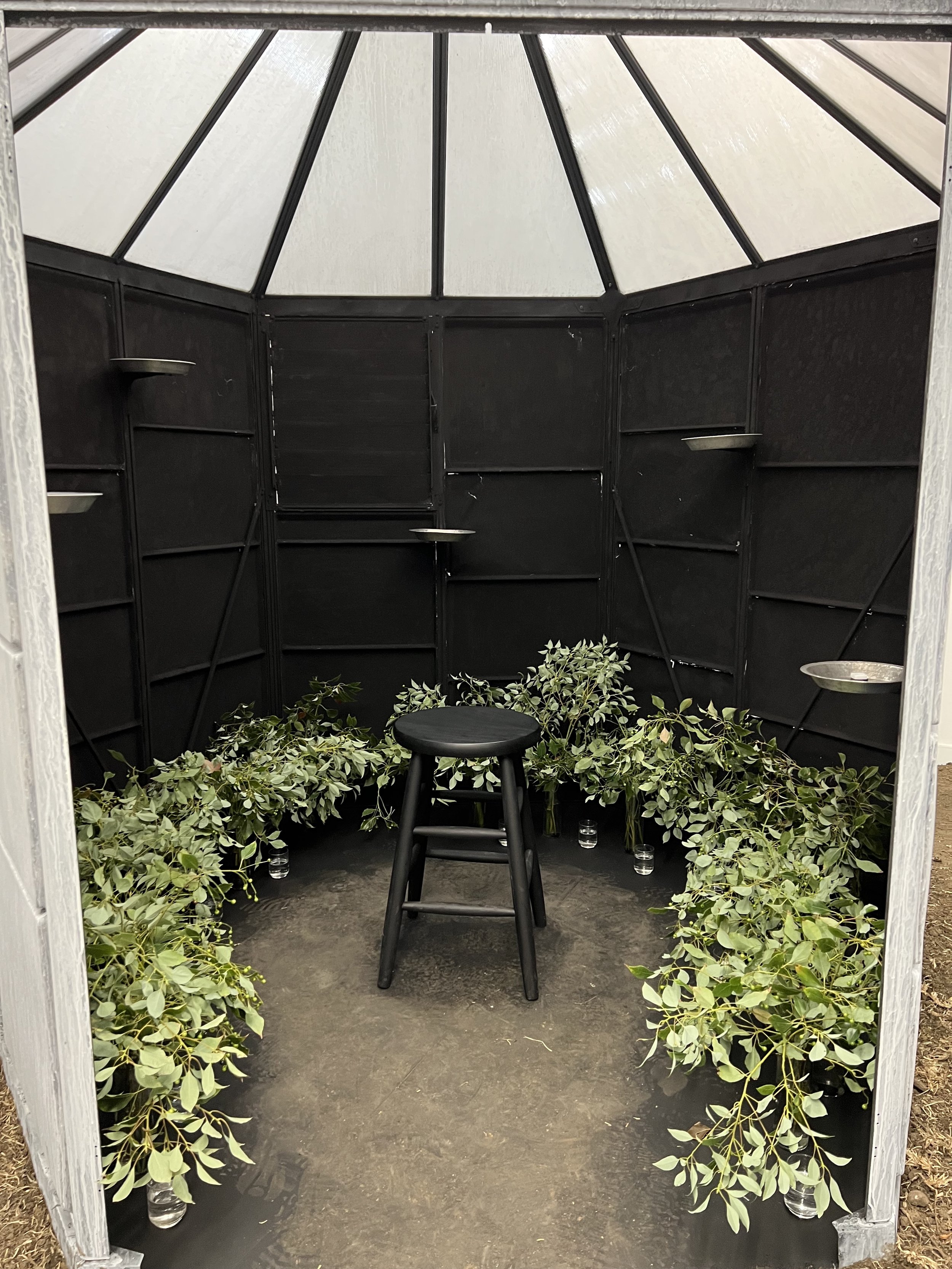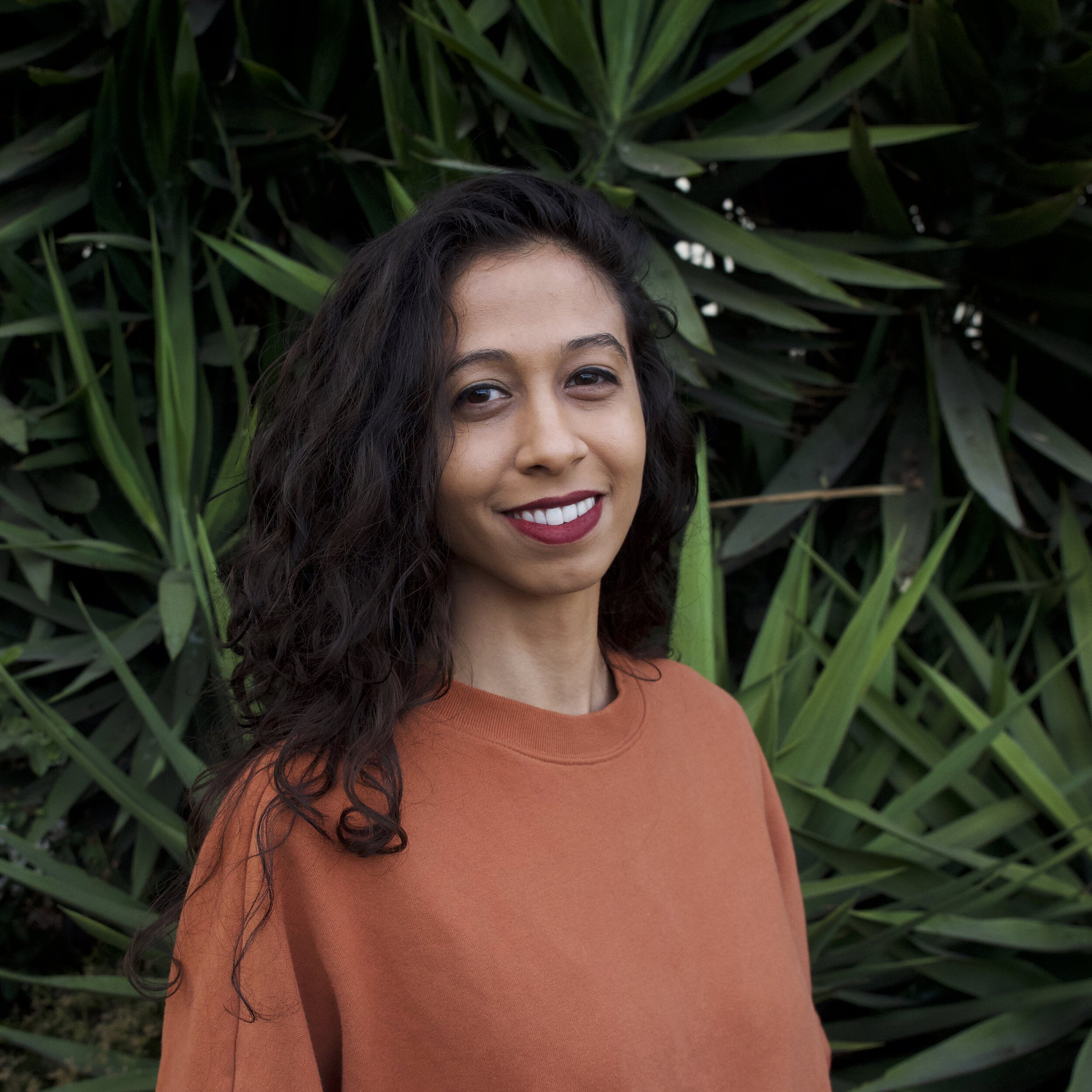Alexandria Douziech
Fall 2023 Artist in Residence
“As an artist working primarily in sculpture and installation, having access to a studio—with the room to observe, reflect, and fabricate—would be a complete game changer. To have the opportunity to complete an installation —and engage a community through art and public programs—every facet of my artistic professional career would benefit from this experience..”
-Alexandria Douziech, Fall 2023 AiR
Artist Statement:
Through research-based installations, sculptures, videos, and virtual platforms, I use plants as a gateway into exploring the lasting effects of colonialism and the power of human resiliency.
My mother was born on a sugarcane plantation in Guyana. My father grew up on a canola farm in Canada.
Raised with the stories of my parents’ journey, I began to see plants as reverberating the histories of those who cultivated, harvested, and consumed them. Whether constructing an installation that follows sugar from the plantation to corporate entities, or a sculpture that reveals a tree’s religious and economic
crossovers, my work is grounded in the personal. Words and voices of grandmothers, mothers, and aunties provide a nuanced perspective into the complexity that surrounds plants and labor.”
Alexandria Douziech
For protection, with love
November 11th - December 13, 2023
For protection, with love explores a plant ritual preserved by Caribbean aunties for generations—passed down from woman to woman—and bestowed upon loved ones as a means of protection. This large-scale installation recalls how Alexandria’s Guyanese auntie would burn camphor resin (from the tree Cinnamonom camphora) over charcoal briquettes to protect “all them kids” from “the evil eye.” As visitors walk inside a blackened hexagonal greenhouse, they're surrounded by charcoal covered walls lined with camphor branches. The medicinal and earthy scent of camphor fills the air as viewers hear a recording of Alexandria sharing stories of how her family has used this tree to defend, heal, and bless.Originating in India and East Asia, the ritual of burning camphor came to the Caribbean with enslaved and indentured laborers—further shaped by Indigenous, Vodou, and Obeah traditions. Whether or not one believes in “evil” or a plant’s ability to ward it off, Alexandria views this continued practice as an incredible act of love, resiliency, and defiance that’s survived the colonial whitewashing of plants and culture.





